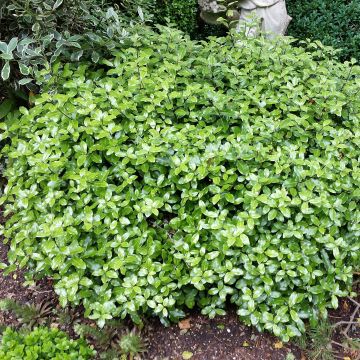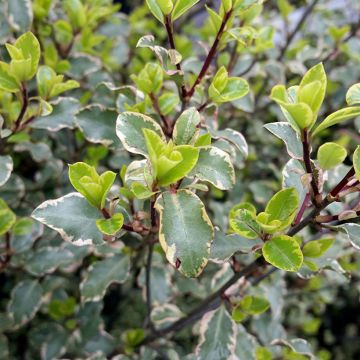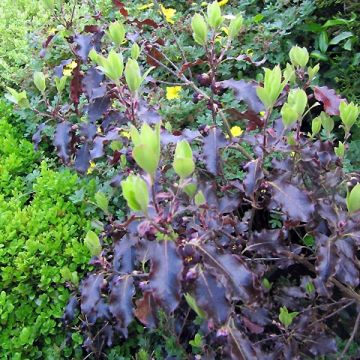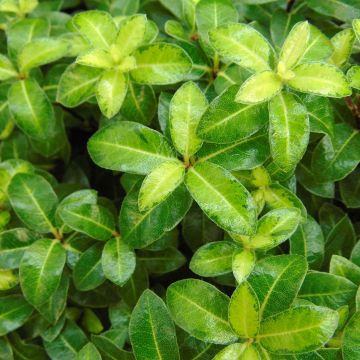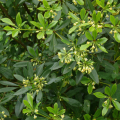Fragrant Pittosporum
Does this plant fit my garden? Set up your Plantfit profile →
Available in 2 sizes
Available in 2 sizes
Available in 3 sizes
Available in 2 sizes
Available in 1 sizes
Available in 2 sizes
Available in 1 sizes
Available in 1 sizes
Available in 1 sizes
Available in 2 sizes
Available in 0 sizes
Available in 1 sizes
Available in 1 sizes
Available in 1 sizes
Our range of scented Pittosporum. Appreciated for their evergreen foliage, these bushes enhance the garden or terrace. Pittosporum tobira, or Japanese Pittosporum, is known and prized for its white flowers with a scent reminiscent of orange blossom. Much rarer, Pittosporum heterophyllum, the Chinese Orange, offers highly scented yellow flowers with hints of honey and vanilla. Pittosporum eugenoides ‘Variegatum’ (Lemonwood, Tarata) stands out for its variegated cream-white leaves that release a strong lemon scent when crushed, as well as its small flowers with a honey fragrance. For a scented terrace or border, consider Pittosporum tenuifolium ‘Midget’ which forms a small light green ball with a discreet flowering in late spring, emitting a honey fragrance in the evening.
Pittosporum produce small star-shaped flowers, often in clusters, in white, cream, or yellow, depending on the species and varieties. Its flowering occurs in spring and early summer. It is suitable for mild climates and well-drained soils, even quite dry in summer. They are resistant to sea spray.
You have not found what you were looking for?































